
Compare the DJI Osmo Action 4 to the GoPro HERO 12
View the DJI Osmo Action 4 and the GoPro HERO 12
Compare the DJI Osmo Action 4 and the GoPro HERO 12
| DJI Osmo Action 4 | GoPro HERO 12 | |
|---|---|---|
| Image sensor | 1/1.3 inch | 1/1.9 inches |
| Maximum resolution | 4K, 60 fps | 5.3K, 30 fps |
| Waterproof to a depth of | 18m | 10m |
| Megapixels | 10 | 27 |
| 10-bit video | Yes | Yes |
Image quality
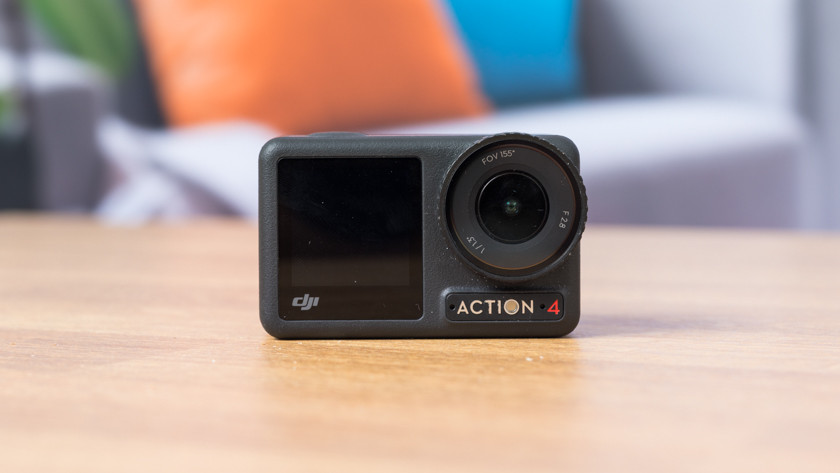
DJI Osmo Action 4: 1/1.3-inch image sensor
The DJI Osmo Action 4 has a relatively large 1/1.3-inch image sensor, so it captures a lot of light. This is useful if you record in dark conditions. For example, your images still look clear at night or underwater. With the Osmo Action 4 , you can record videos in up to 4K resolution. These images are suitable for social media, such as YouTube. You can record in the D-log M 10-bit color space, which allows you to accurately adjust the colors when editing. This ensures images that look professional.
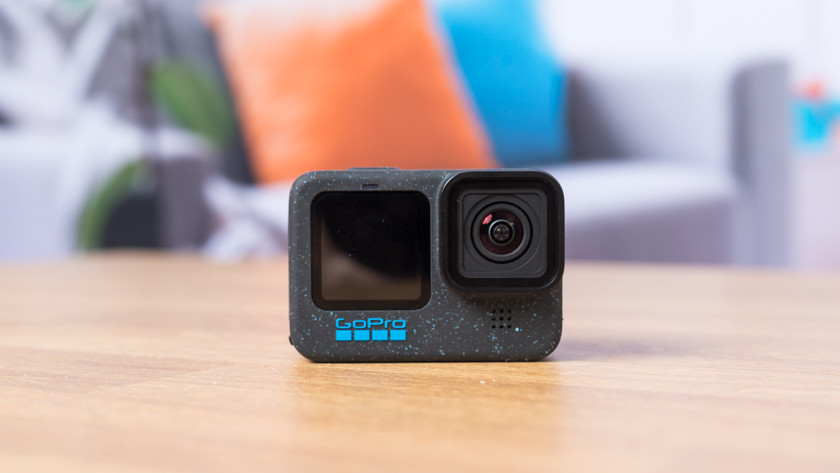
GoPro HERO 12: 1/1.9-inch image sensor
The 1/1.9-inch image sensor of the GoPro HERO 12 is smaller than that of the DJI Osmo Action 4. This also makes it less sensitive to light. You'll notice that your videos are more likely to have noise in dark conditions. With the HERO 12, you can record in high 5.3K resolution. This means that your videos look even sharper than with the DJI Osmo Action 4. Use them as a promotional video for your company, for example. The HERO 12 records in 10-bit log, which produces realistic colors that you can edit accurately.
Image stabilization
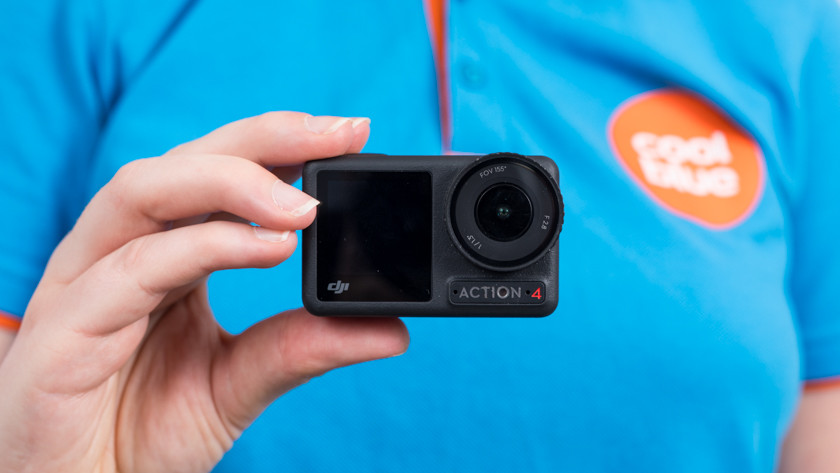
DJI Osmo Action 4: RockSteady 3.0
Thanks to the RockSteady 3.0 image stabilization, the images from your DJI action camera look smooth. This technology reduces vibrations. For example, when cycling over a bumpy path. To do this, the camera crops the image slightly. Another method of image stabilization is the HorizonSteady function. The horizon of your video always remains straight, even if the camera rotates 360 degrees. For example, you record creative footage of a somersault while skiing. In this mode, the camera crops the image a bit more.
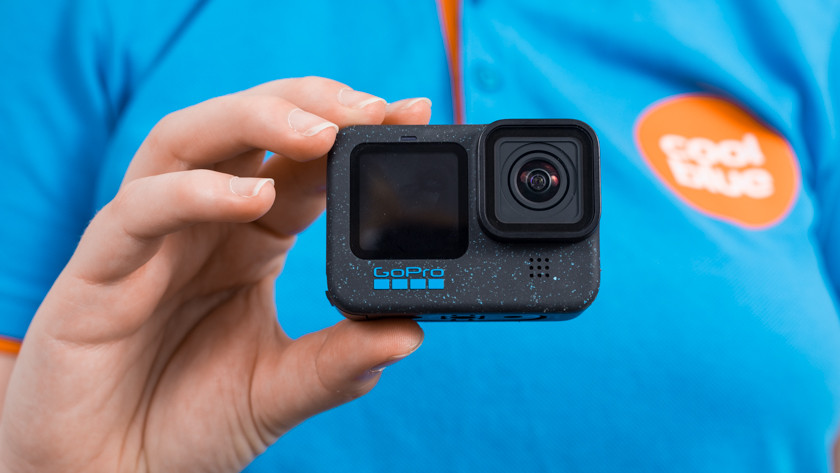
GoPro HERO 12: HyperSmooth 6.0
You can also record stable footage with the GoPro HERO 12. GoPro uses HyperSmooth 6.0 image stabilization for this. The results are similar to those of the DJI Osmo Action 4. If you use HyperSmooth image stabilization, the camera also crops a small part of your image. This means that your image angle is less wide. Enable Horizon Lock for videos where the horizon of your images always remains straight. This function is similar to DJI's HorizonSteady.
Design

DJI Osmo Action 4: magnetic mounts
While the DJI and GoPro action cameras look very similar at first glance, the designs are slightly different. You can attach attachments like a tripod to the DJI Osmo Action 4 with magnets. This allows you to easily switch between different mounts. The Action 4 has a touchscreen on both the front and back. On it, you can watch a recording live. When you take a selfie, you can quickly adjust the settings via the touchscreen on the front.
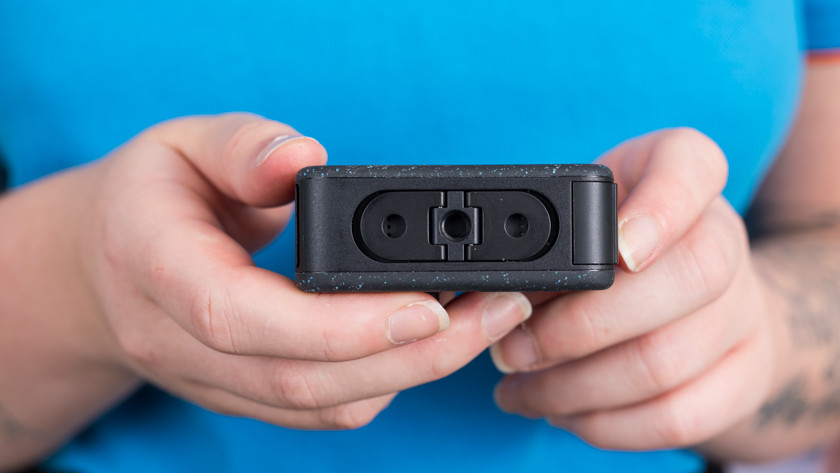
GoPro HERO 12: tripod connector
The GoPro HERO 12 also has 2 screens. The screen on the back is a touchscreen, but the front screen isn't. You can watch your footage live, but you can't adjust any settings. A difference between the HERO 12 and the DJI Osmo Action 4 is the tripod connector at the bottom of the HERO 12. This action camera has a screw connector you can attach a standard tripod to. This is useful if you already have a GorillaPod, for example.
Conclusion
If you're looking for a compact camera for active moments or holidays, the DJI Osmo Action 4 and the GoPro HERO 12 are both good options. Make sure to determine what's important to you. Thanks to the larger image sensor, the DJI Osmo Action 4 produces extra clear footage. You can also easily control it with the double touchscreen. Prefer to record videos in the highest image quality? The GoPro HERO 12 is a good option for you.





